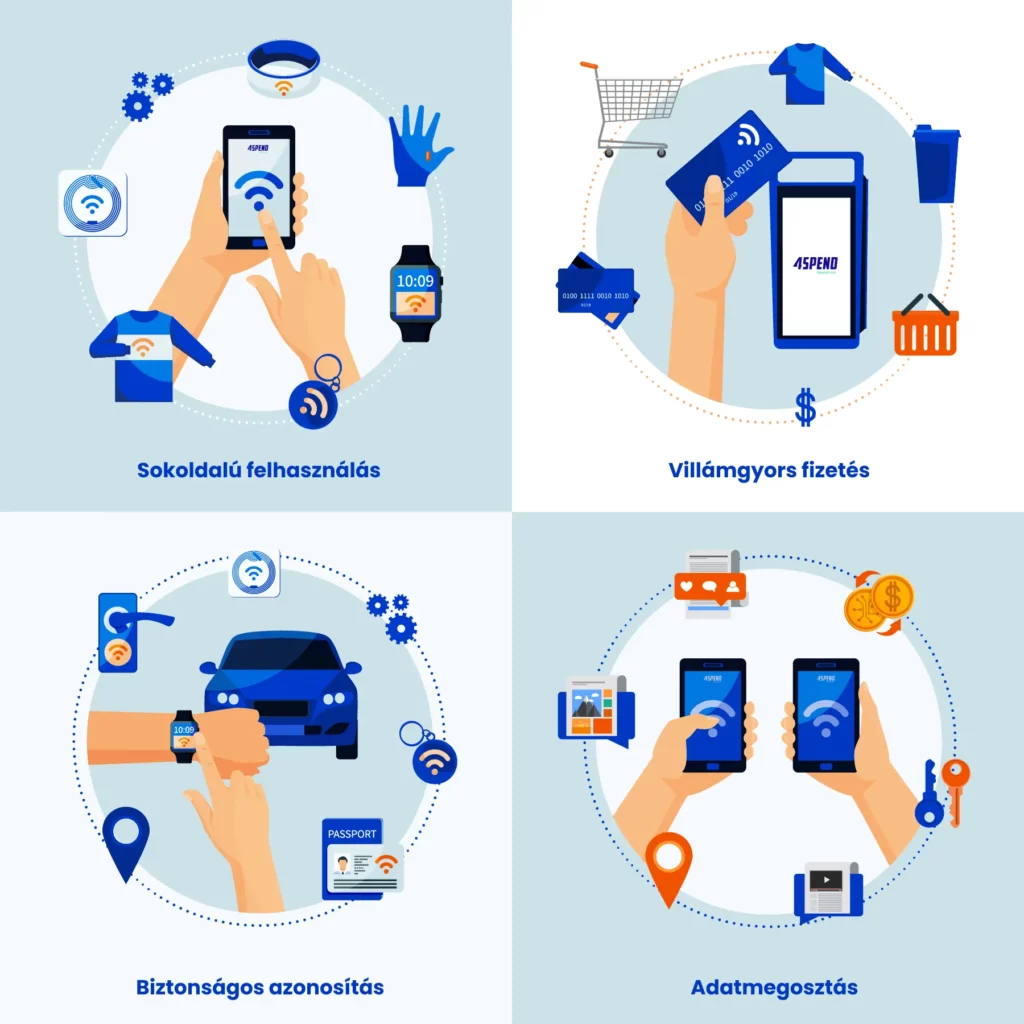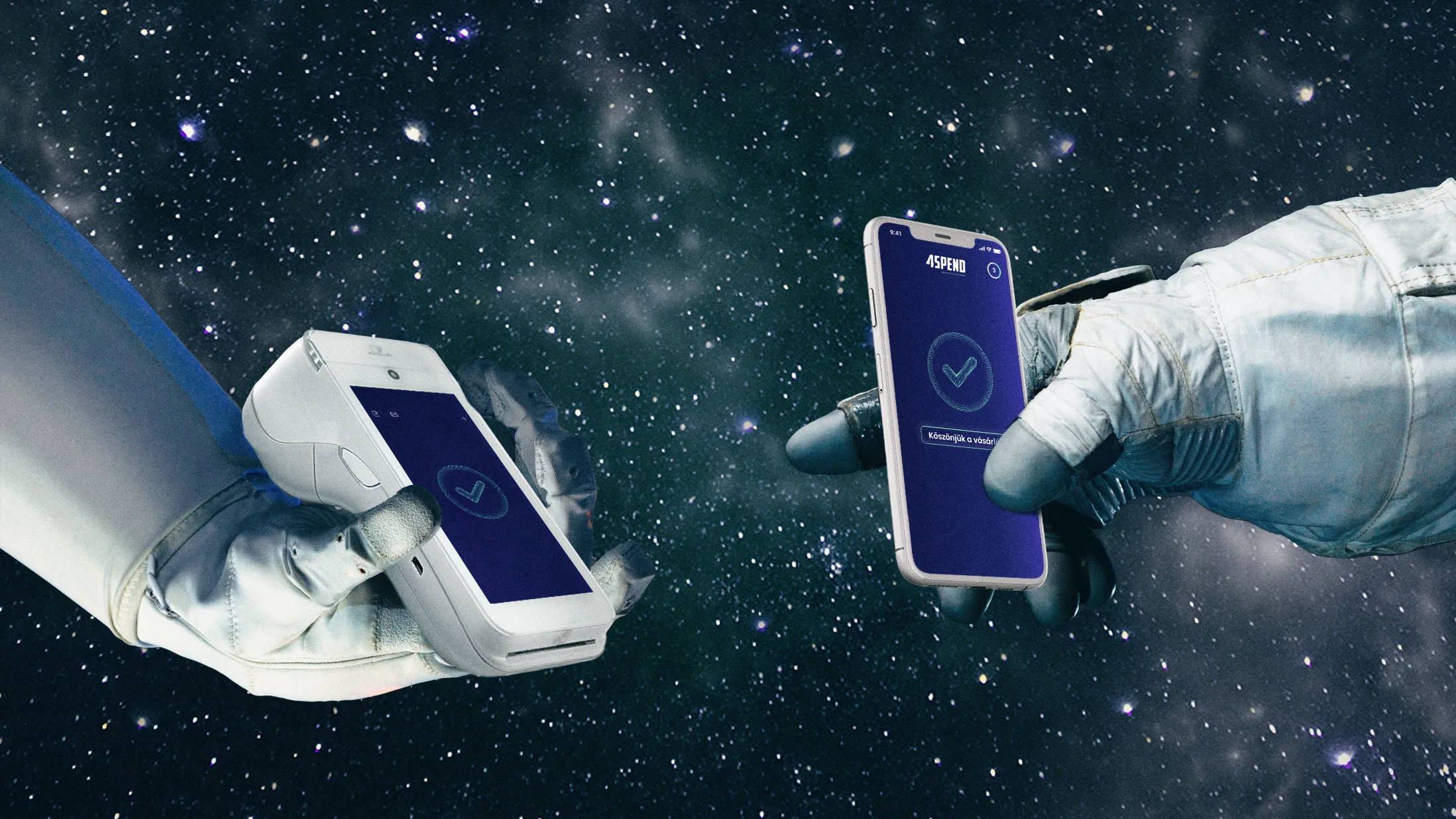Today’s smartphones are all equipped with NFC technology. Whether you realize it or not, probably your phone is currently using NFC right now. Many of us have probably heard the term before, or even found it in our smartphones, but do we really know what it is, what it does, and how it works? These questions are answered in our article.
What is an NFC?
NFC is an acronym derived from the English term Near Field Communication. It might sound boring at first, but it’s the technology behind it that makes it really exciting. NFC allows phones, tablets, laptops, POS terminals, and other devices to easily share data with other NFC-equipped devices. NFC supports a wide range of applications that make everyday life easier, but the most common functions are peer-to-peer payment and data transfer programs.
How does the NFC work?
In fact, it is a technical invention that at first sounds much more difficult and complicated than it actually is. NFC technology has evolved from radio frequency identification, but it is limited to a sensing distance of approximately 10 centimeters, its range is extremely short, which is why you have to hold your phone so close to the contactless reader. Despite this, most people consider the small range of NFC to be a significant security advantage, which is one of the reasons why NFC in smart devices is seen as a secure alternative to bank cards.
It is based on a similar principle to Bluetooth, but unlike Bluetooth, NFC does not require manual pairing or device search for data transfer. NFC pairing between smartphones is automatically triggered when another NFC device enters the 10-centimeter range discussed earlier. Within the range, the two devices will immediately start communicating with each other and send notifications to users.
In what areas can the technology be used?
As mentioned earlier, NFC has a lot of potentials. The technology can be used for personal use, such as sharing content between devices (pictures, videos, audio files, text content, etc.), and it can also help you find and connect to Bluetooth and WiFi connections. It has also appeared in the field of automation, as newer cars can be unlocked with an NFC connection. But the technology’s greatest strength is in commerce, and in particular in credit card payments.
Paying with NFC?
NFC payments are used in a wide range of applications as they are contactless, encrypted, and highly secure, which can speed up the payment process. A special card reader or terminal is required to accept NFC payments. However, due to the popularity of contactless payments and the increased card acceptance rate as a result of the pandemic, most merchants already have this special NFC reader.
The most popular apps that support NFC payments are Google Pay and Apple Pay, which require you to pair your physical card, but the app also allows you to maintain a separate e-wallet. This option is available on smartphones and smartwatches, or on credit and debit cards with contactless payment, so it’s no wonder it has become one of the preferred payment methods for consumers.

Did you know this about NFC?
Apple limited NFC functionality in its phones for a long time, until the release of the iPhone 12, and to this day there are options that do not run on Apple Pay, such as running soft POS card acceptance.
Other interesting uses could include music sharing, connecting to a computer at work, tracking health conditions, or supporting public transport passes, student ID or loyalty cards, and many more.
In case you were wondering, we’d like to reassure you, 4SPEND’s terminals are also capable of NFC reading!
For more information, visit https://4spend.com/!
